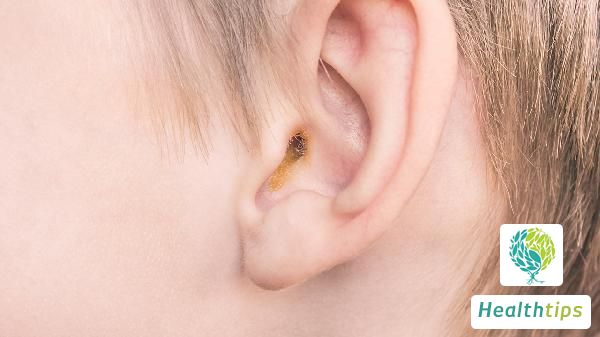How Can Women Effectively Supplement Collagen?
The skin's tenderness, gloss, and elasticity are mainly attributed to the high content of collagen within it. However, as the body ages, the collagen content gradually decreases, leading to the formation of wrinkles. After age 25, women experience accelerated collagen loss, necessitating its supplementation to maintain a youthful appearance. Here are several methods for women to effectively supplement collagen.

a. Injecting Collagen: The most direct method of supplementing collagen is through injection. Many plastic surgery hospitals offer this service, and the results can be more effective. However, it typically lasts for half a year to a year, and some individuals may experience side effects like allergies or infections.
b. Consuming Liquid or Powdered Collagen: Another option is to drink liquid or powdered collagen. Liquid collagen is easily absorbed by the body. It's crucial to purchase collagen products from reliable sources to ensure their effectiveness.
c. Eating Fish Skin: Fish skin is rich in collagen and low in fat, making it a good source for women. Cold fish skin salads are a common and tasty way to consume it.
d. Eating Pig Trotters: Pig trotters are also rich in collagen but high in fat, so moderation is key.
e. Eating Tremella fuciformis: Tremella fuciformis is a common ingredient that can also help supplement collagen. It can be cooked into soups with red dates and lotus seeds for regular consumption.
f. Using Collagen-Containing Skincare Products: In addition to dietary supplements, skincare products containing collagen can also be beneficial. Choosing collagen-rich skincare products and masks while maintaining a good skincare routine can contribute to healthier skin.
a. AnimalSkins: Animal skins, such as pigskin, cattle and sheepskin, chicken and duck skin, and fish skin, are rich in quality collagen. They can be used in various dishes, soups, or as jellies.
b. Wings and Claws of Poultry: These parts mainly consist of bones, tendons, and dermis, with minimal muscle and fat content. The collagen content is particularly high, making them excellent sources for collagen supplementation, such as chicken wings, claws, duck feet, and goose feet.
c. Animal Legs: Apart from the bones, the legs of animals are mostly composed of tendons, fascia, and dermis, all rich in collagen. Therefore, pig, sheep, and cow legs are excellent sources of collagen.
d. Tendons and Fascia of Animals: These collagen-rich connective tissues include beef brisket, beef tendons, deer tendons, and pig's trotters.
e. Animal Cartilage and Bones: Especially cartilage, these are also rich in collagen. Common sources include pig skulls, leg bones, spinal bones, chicken carcasses, duck carcasses, fish heads, fish bones, cow bones, sheep bones, etc., which are typically used for making soup.



















